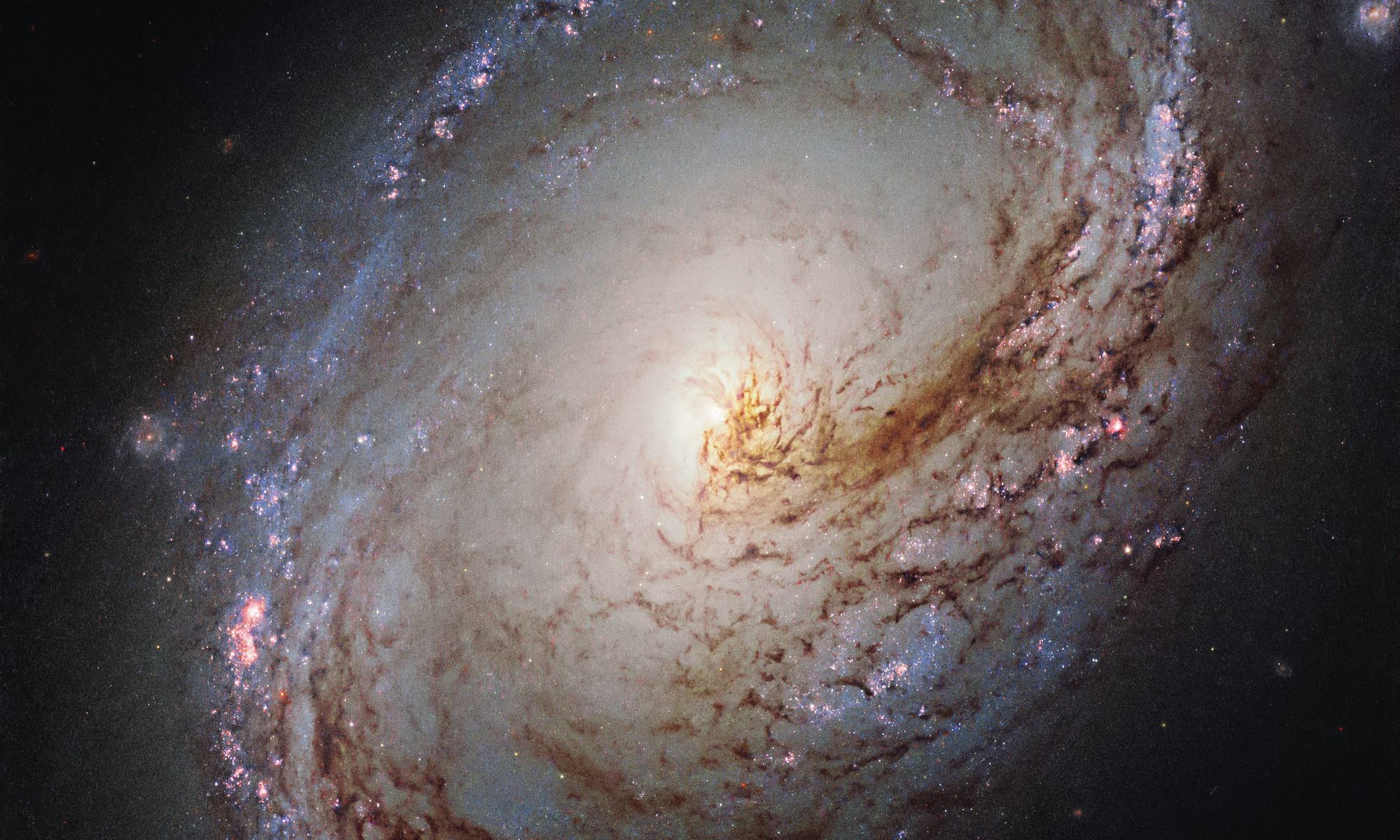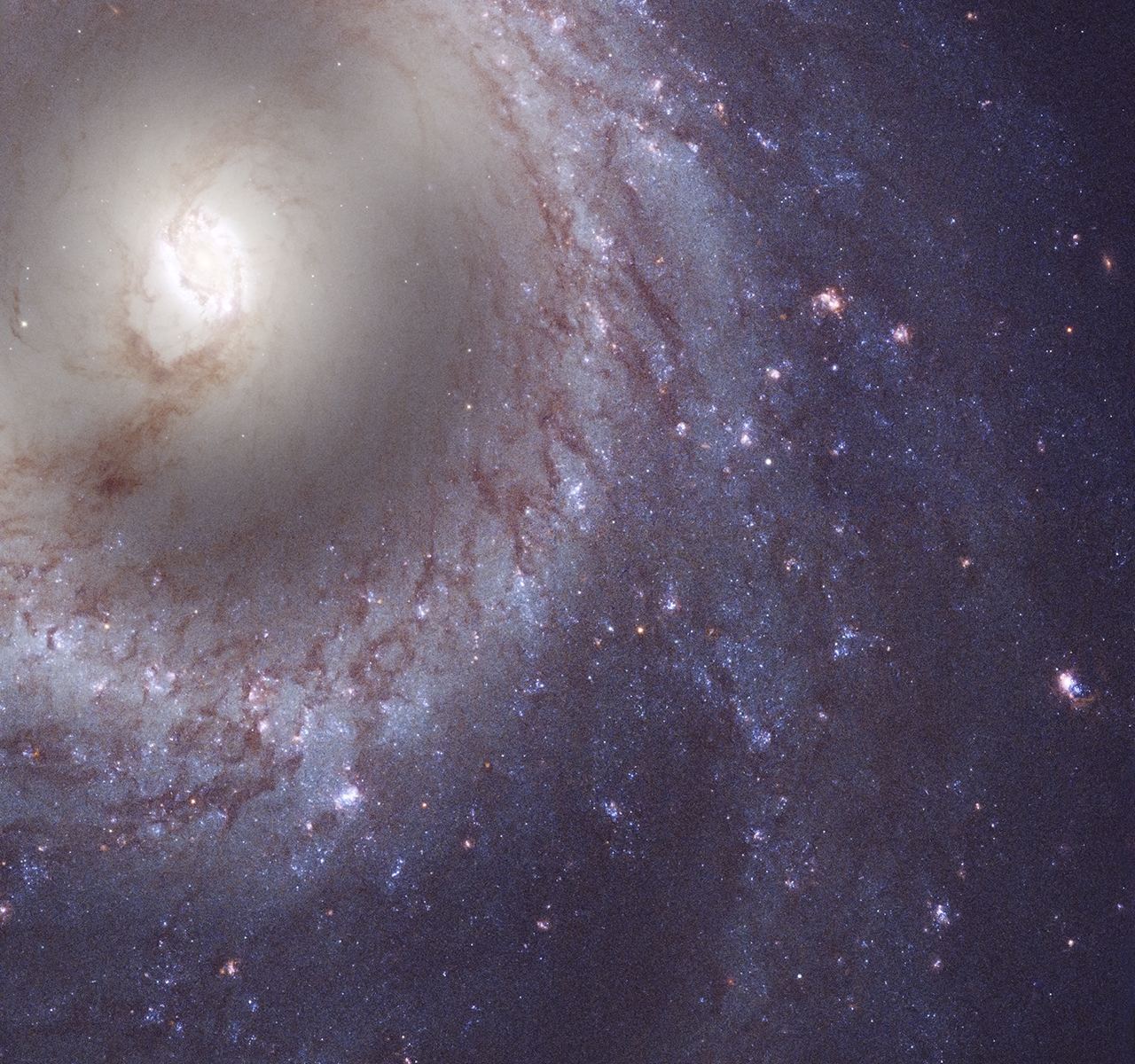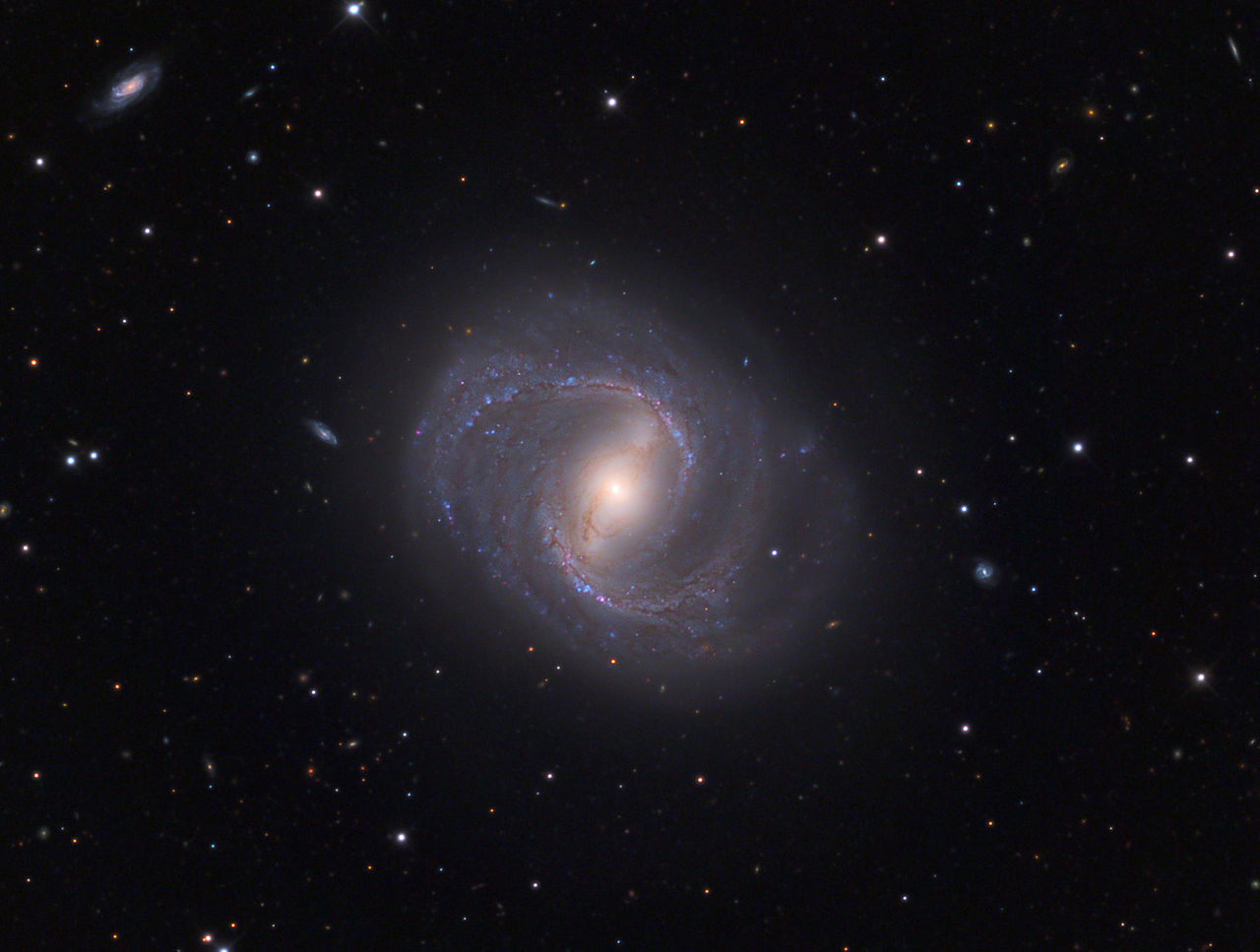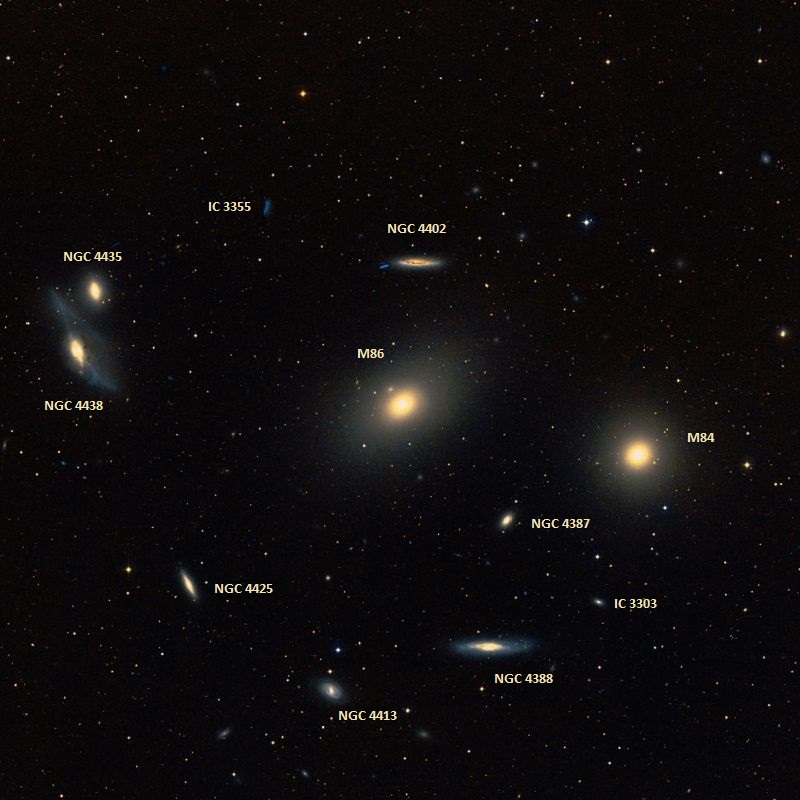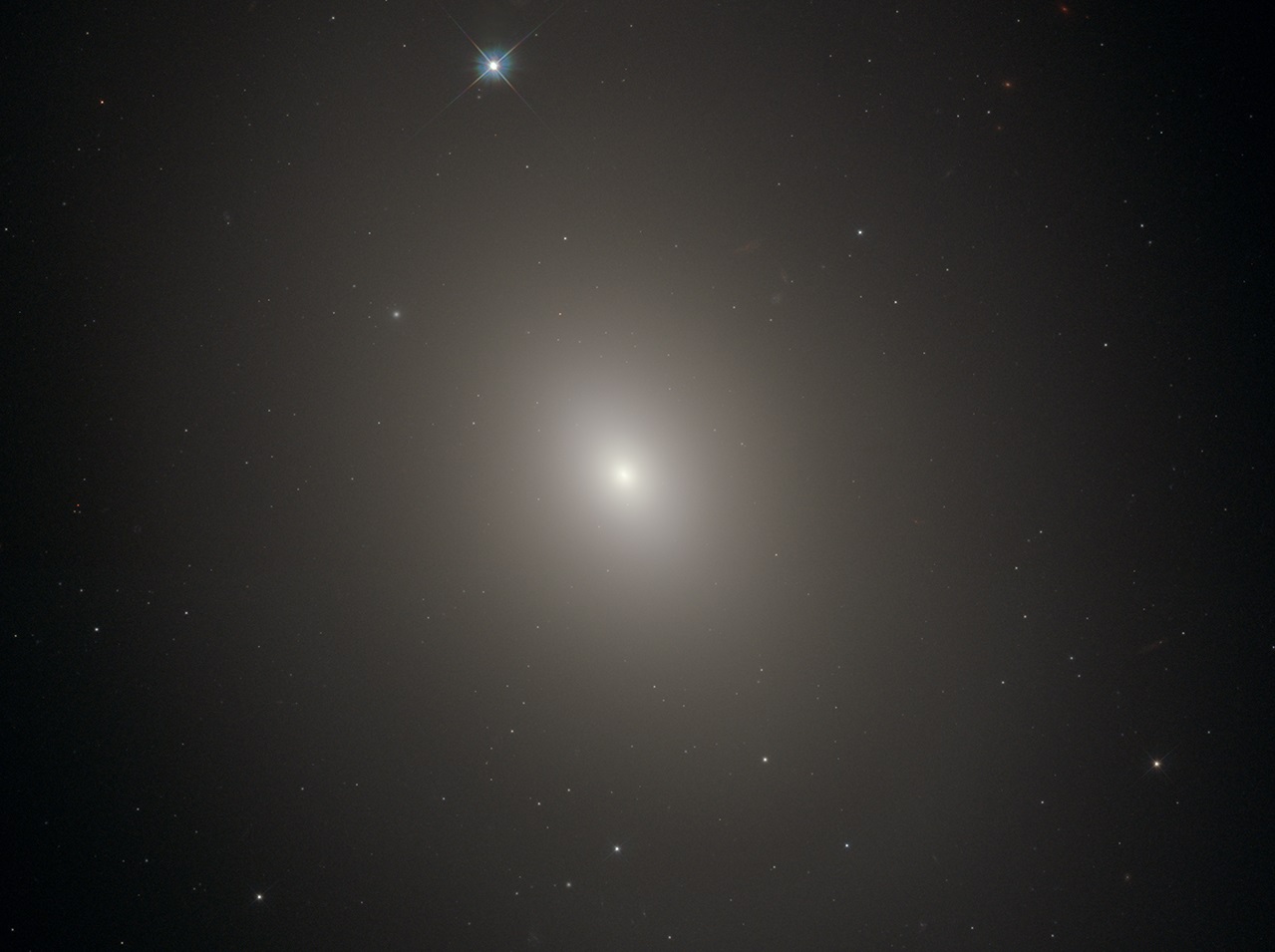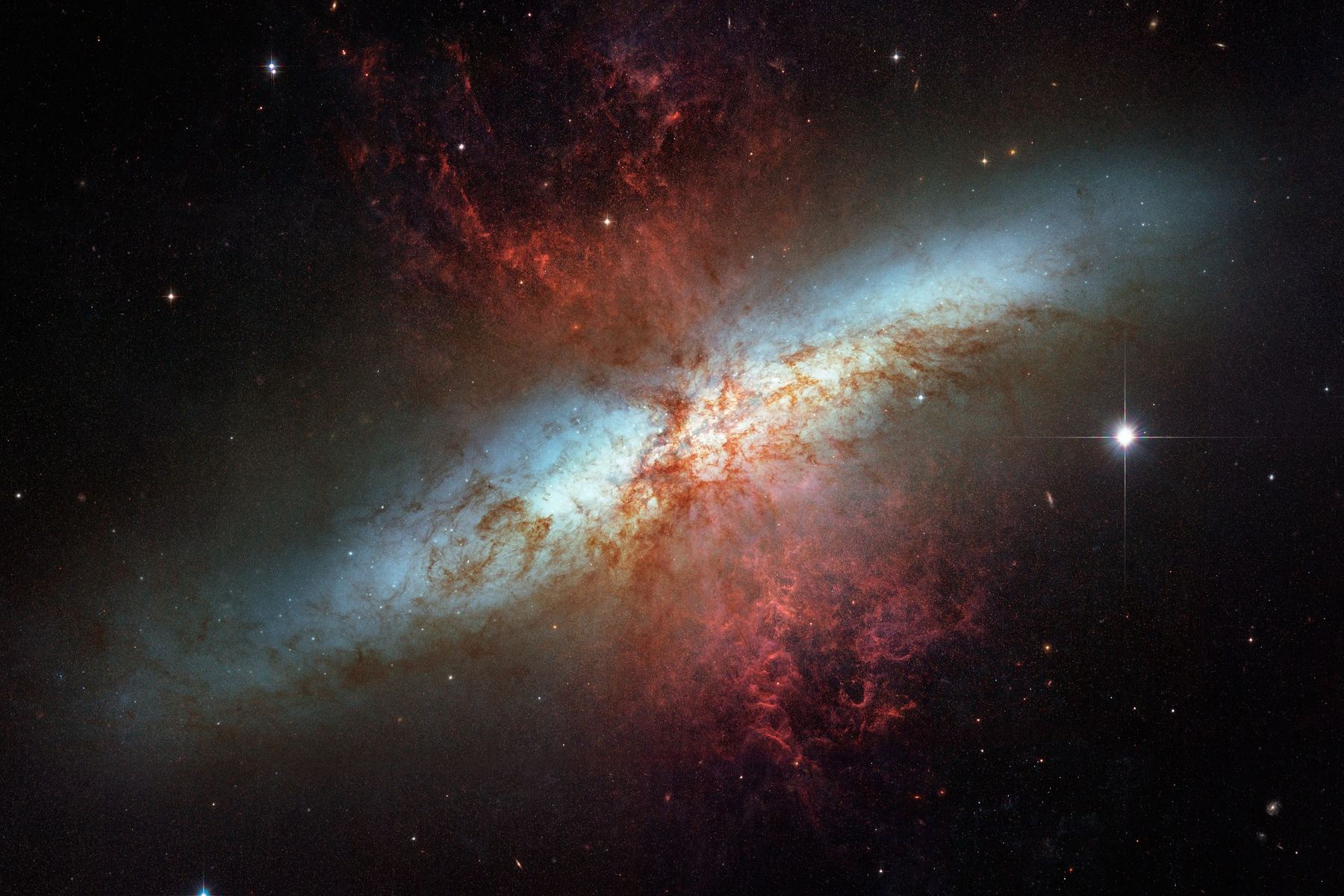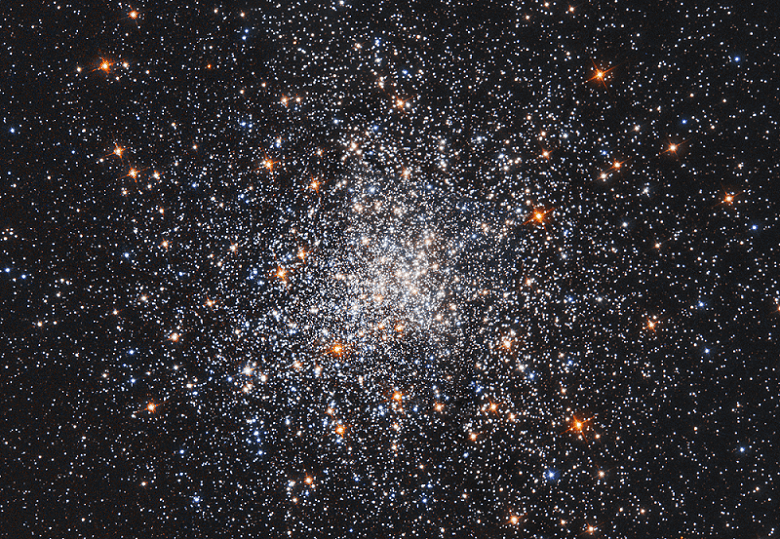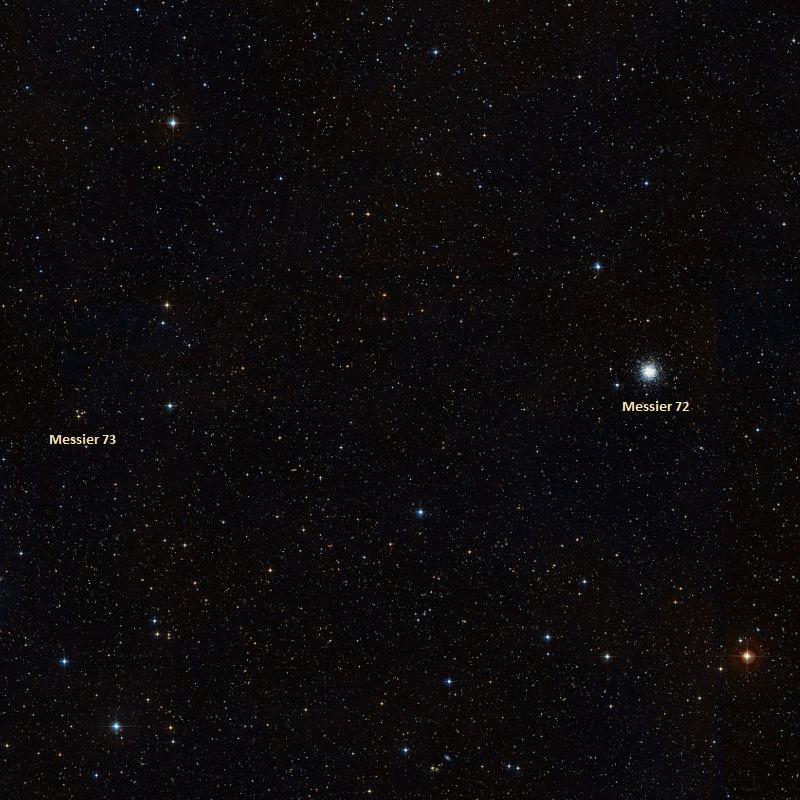Welcome back to Messier Monday! Today, we continue in our tribute to our dear friend, Tammy Plotner, by looking at the barred spiral galaxy known as Messier 95!
During the 18th century, famed French astronomer Charles Messier noticed the presence of several “nebulous objects” while surveying the night sky. Originally mistaking these objects for comets, he began to catalog them so that others would not make the same mistake. Today, the resulting list (known as the Messier Catalog) includes over 100 objects and is one of the most influential catalogs of Deep Space Objects.
One of these objects is Messier 96 (M96, NGC 3368), an intermediate double-sparred spiral galaxy located about 31 million light-years away in the constellation Leo. This galaxy is known for having a small inner bulge through the core, an outer bulge, and is comparable in size to the Milky Way. M96 is the brightest member of the Leo I group of galaxies (which includes M95, M105, and a number of fainter galaxies), hence why it’s also known as the M96 group.
Continue reading “Messier 96 – the NGC 3368 Spiral Galaxy”
